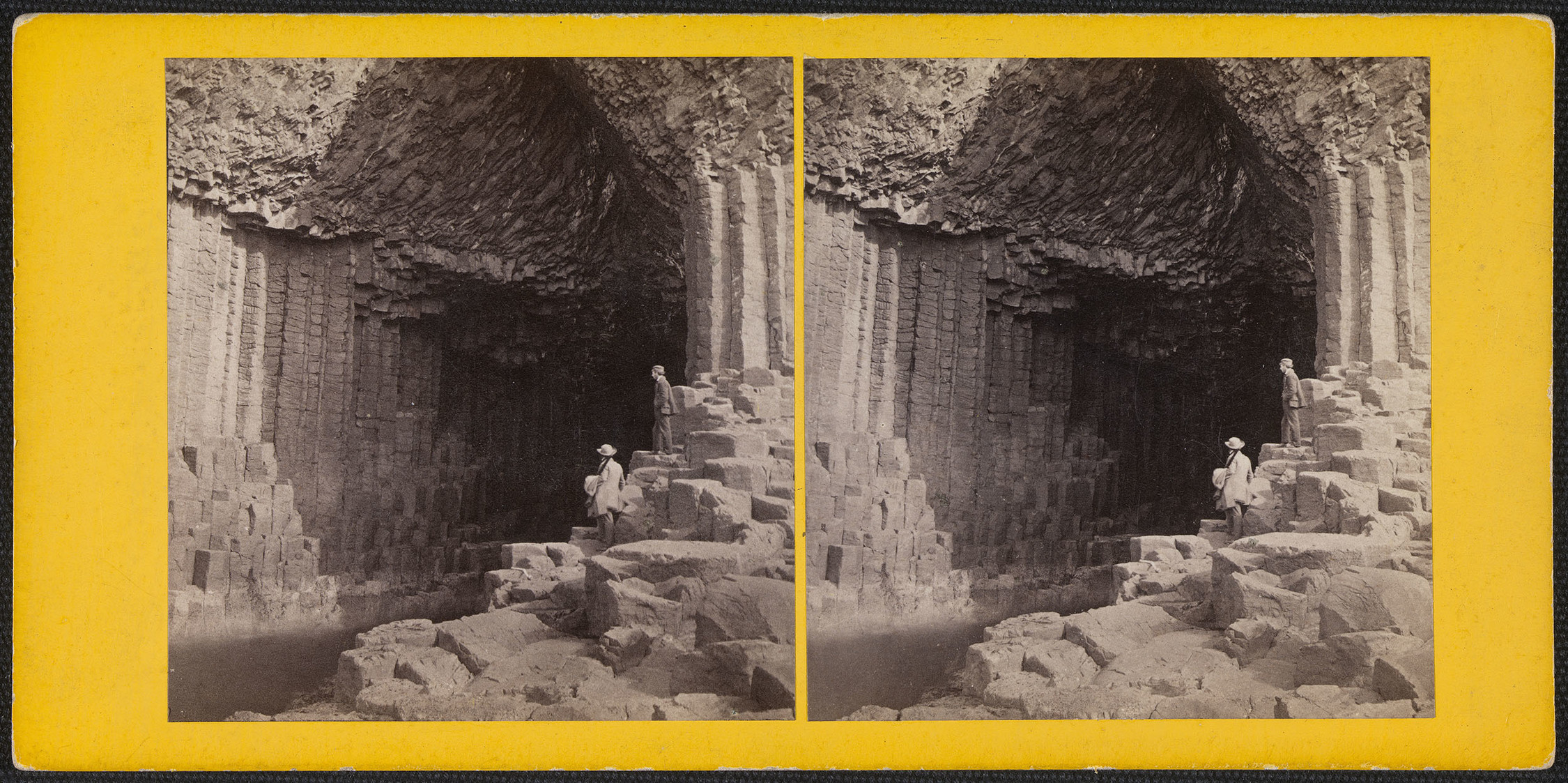
The wildest districts of Scotland
George Washington Wilson produced some of the first photographic souvenirs of Scotland
Skye
Wilson’s photographic excursions to the Western Isles of Scotland saw him venture to the largest of the Inner Hebridean islands, Skye. Wilson produced some of his most dramatic photographs on the island, concentrating his lens on the geological formations of the Quairaing in the north of the island and the Cuillin range of mountains near to Sligachan.
Macbrayne’s steamships, founded in 1851, and a rapidly emerging railway system during the mid-19th century made it easier for tourists to travel to the island from Glasgow and England to see for themselves sites that epitomised Scottish cultural identity. Wilson’s photographs of mist-shrouded mountains on Skye were not mere snapshots but were taken with the skill of an artist photographer who sought to convey an emotional response to the landscape.
Wilson’s skill in capturing dramatic landscapes, often under harsh conditions, was due to his skill and patience as a photographer. The apparatus that he carried consisted of glass plates, bottles of collodion, camera and tripod and a portable dark tent. Two men were required to carry the load. In a letter to a fellow photographer published in the British Journal of Photography in December 1860, Wilson condemns the public view that landscape photography was seen as ‘holiday work’ having ‘done things and suffered things that few people would submit to’. One of these sufferances was being attacked by midges whilst he washed his glass plates in a river during his time on Skye in 1860.







